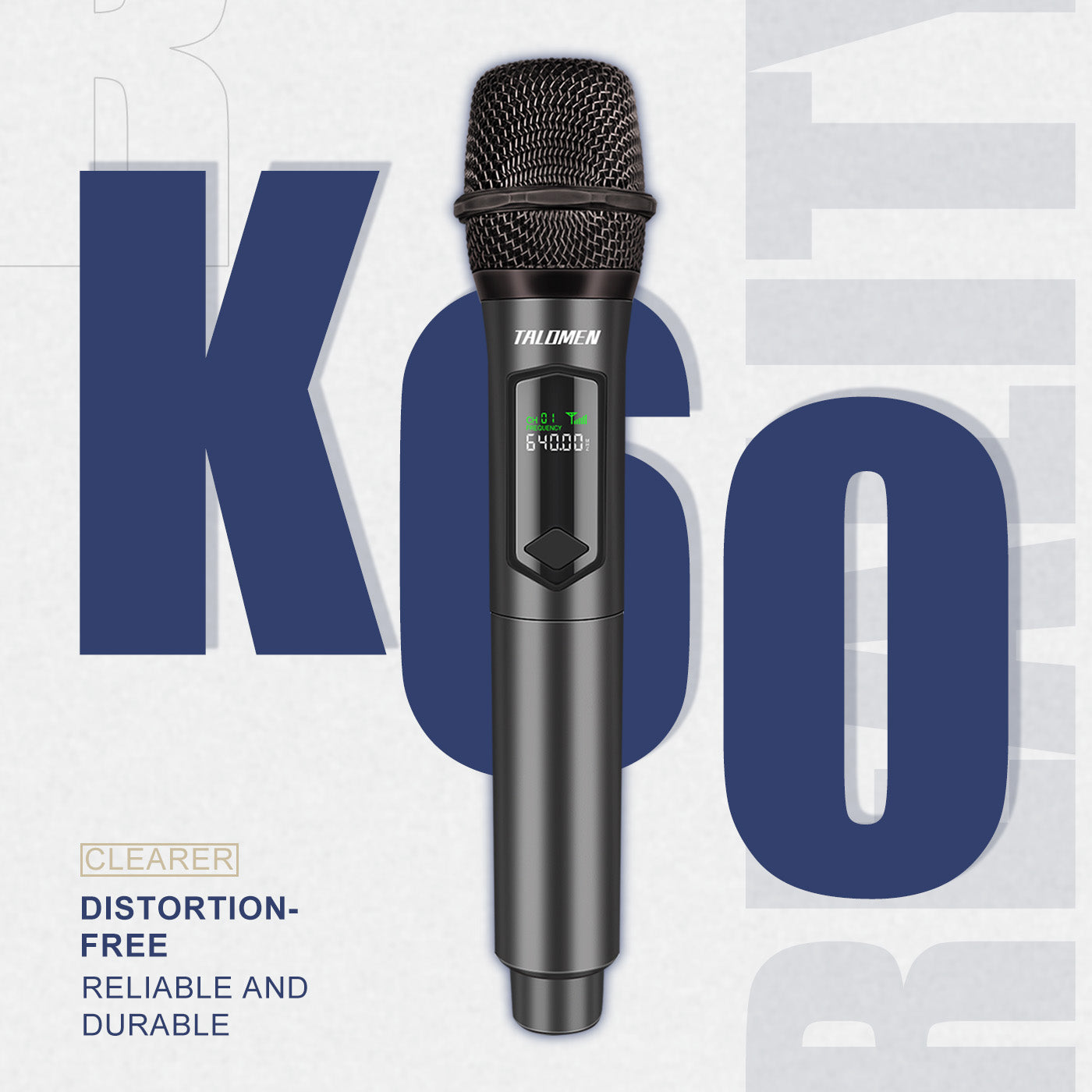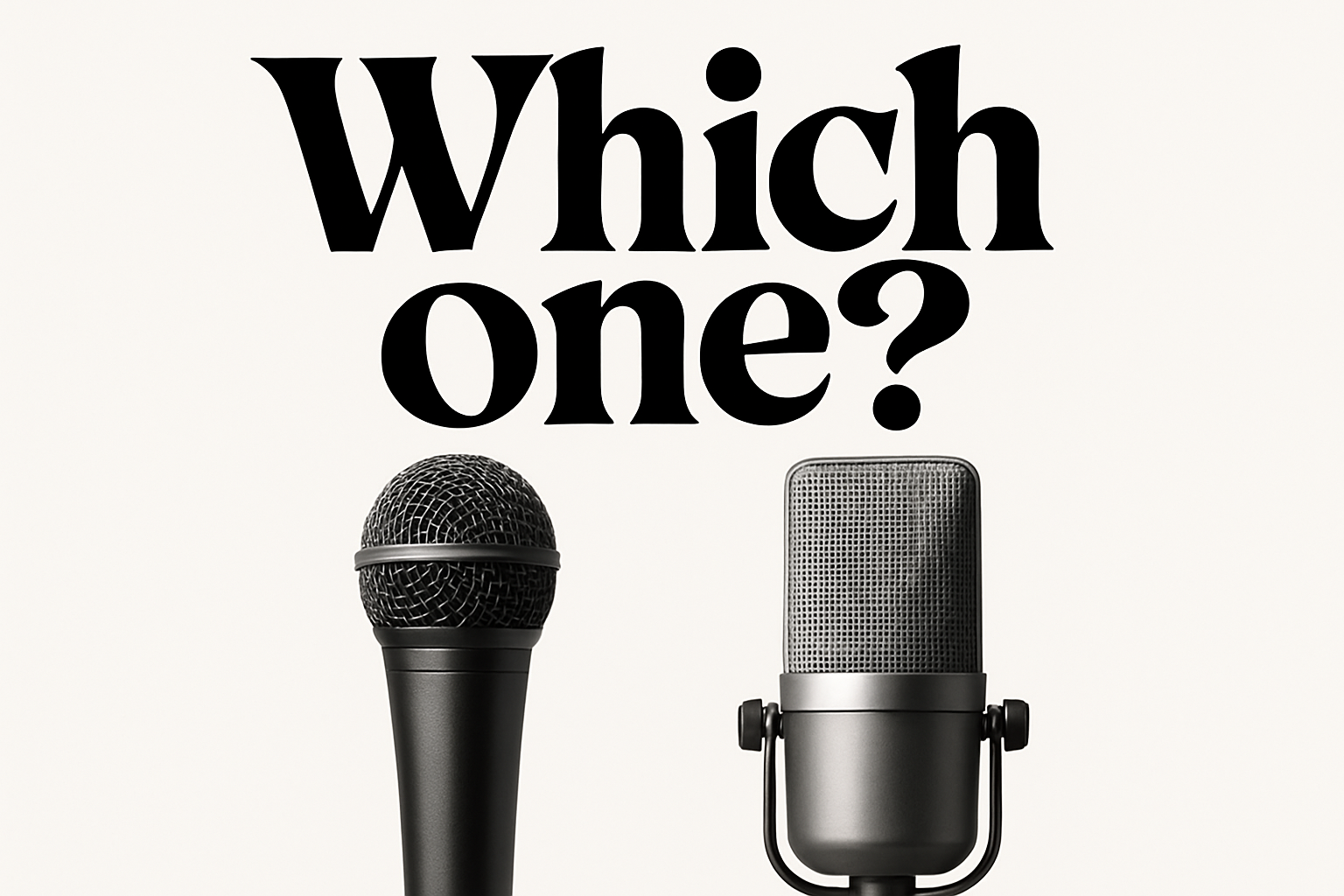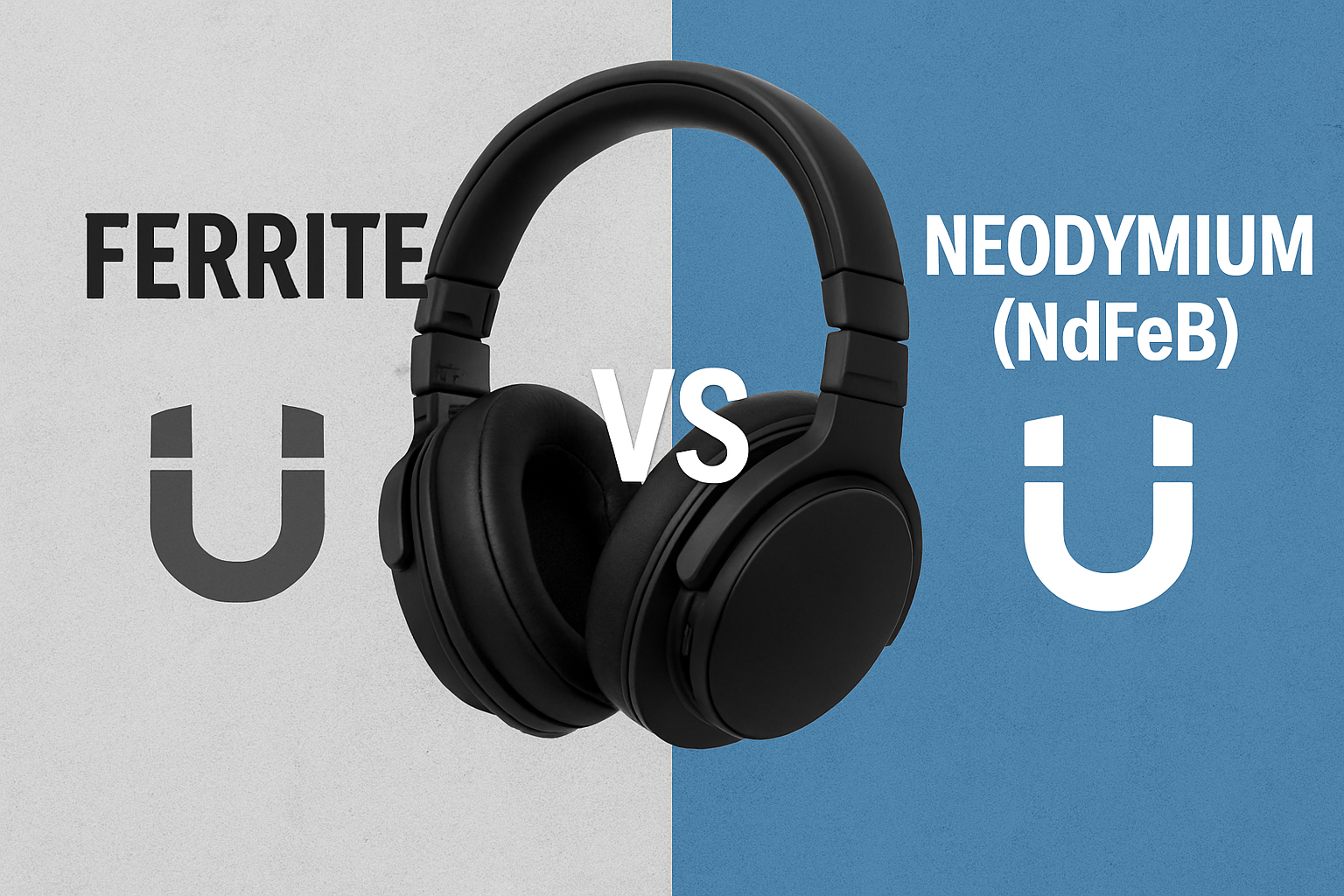When it comes to choosing the right headphones, one of the most common questions is whether to go with closed-back or open-back designs. Each has its own advantages and trade-offs, and your decision will depend on how you plan to use them. In our previous blog on studio monitor headphones vs regular music headphones, we explored how professional gear differs from consumer headphones. In this article, we’ll dive deeper into the closed vs open debate, with real-world examples like the Talomen Ti660x and the Talomen W50x—both professional closed-back headphones designed for accuracy and comfort.
What Are Closed-Back Headphones?
Closed-back headphones have sealed earcups that prevent sound from escaping in or out. This design creates natural isolation, making them ideal for environments where you need to block external noise or avoid disturbing others. Models like the Talomen Ti660x are perfect for monitoring in studios, commuting, or even casual listening when you want a focused and immersive sound.
What Are Open-Back Headphones?
Open-back headphones feature earcups with perforations or grills, allowing air and sound to pass through. This creates a more natural and spacious sound, often described as “speaker-like.” They are excellent for mixing, mastering, or casual listening at home in quiet spaces. However, they are not ideal for noisy environments or shared spaces since sound leaks both ways.
Sound Differences You’ll Notice
| Feature | Closed-Back Headphones | Open-Back Headphones |
|---|---|---|
| Isolation & Leakage | Blocks external noise, minimal sound leakage | Leaks sound in/out, little isolation |
| Bass Perception | Tighter, punchier bass | Lighter, more natural bass presentation |
| Soundstage & Imaging | Focused center image | Wider, airier, speaker-like soundstage |
| Comfort & Ventilation | Can build heat, though modern pads reduce this | Cooler and less fatiguing for long sessions |
Where Closed-Back Headphones Excel
If you’re recording vocals, podcasting, DJing, or traveling, closed-back headphones are a must-have. They prevent audio from leaking into the microphone and give you a precise reference without distractions. Products like the Talomen W50x are trusted by creators for their accurate monitoring and durable closed-back design.
Where Open-Back Headphones Shine
For critical mixing or enjoying high-resolution music at home, open-back headphones provide a more natural and transparent sound. Audiophiles often prefer them for their expansive soundstage and detail, but they require a quiet environment to be fully appreciated.
Which Should You Choose?
If your priority is versatility, sound isolation, and professional accuracy, then a closed-back monitoring headphone is your best choice. On the other hand, if you mostly listen in a private setting and want a more open, spacious audio experience, open-back headphones may be the way to go.
Our Recommendation
The Talomen Ti660x and Talomen W50x are both excellent closed-back options designed for professionals and audiophiles alike. With large 50mm drivers, comfortable ear cushions, and precise sound tuning, they represent some of the best choices for those who want closed-back accuracy without sacrificing comfort.
Final Thoughts
Both closed-back and open-back headphones have their place, and the right one for you depends on your needs and environment. If you haven’t already, check out our blog comparing studio monitor headphones and regular music headphones for additional insights, and explore our headphone collection to find the best fit for your listening journey.





Leave a comment
Laman ini dilindungi oleh hCaptcha dan tertakluk pada Dasar Privasi dan Terma Perkhidmatan hCaptcha.